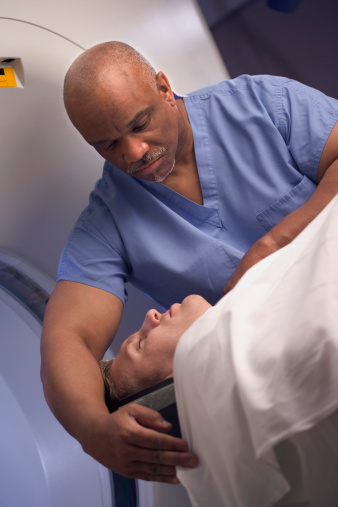According to the Centers for Disease Control and Prevention, more than 3,000 children under age five experienced pool injuries resulting in brain damage in 2010 alone. Liz and Matt Tullis are parents of such a child, Conrad, and feared they had run out of options for his continued treatment.

The San Antonio News Express recently chronicled the family’s struggle. Conrad suffered severe anoxic brain injuries after falling into a pool as a toddler. The family spent eight years trying every traditional therapy available with slow but continued improvement. Now, the Tullis family may have found hope for their wheelchair bound son in the form of a research grant.
Following Conrad’s brain injury, Liz Tullis spent many years crusading for her son, appealing to doctors who said Conrad had reached the limits of his treatment and that he would not improve further. Liz showed doctor evidence that Conrad was continuing to develop new skills, but doctors had no new information or advice to offer. She knew she needed to do more if she was to help her son continue to heal.
A Mother’s Crusade
“I’m asking, ‘What else can we do?'” Tullis told reporters, “And they’re saying, ‘Well, keep up the good work.’ They’re not trained to tell me what else we could do. And I was like, OK, we need a researcher.”
Liz started by identifying neurologists who focused on brain research, finally coming to the conclusion that her son’s greatest hope lie in neuroplasticity, the study of how injured brains heal. After interviewing several doctors, she finally found Dr. Fox who agreed to take up Conrad’s cause.
The University of Texas’ Dr. Peter Fox recently won a grant of $100,000 on behalf of the Tullis family from the Konkosky Foundation. Dr. Fox’s work imaging techniques may help find the parts of Conrad’s brain that are damaged, allowing the family to focus therapies towards recovery.
Resting State Imaging
The technique, called “resting state imaging,” sedates patients before scanning to ensure crystal clear focus and detail. The method has proven useful for autistic children, and Dr. Fox is now expanding his research to include anoxic brain injuries.
Previous imaging techniques required patients to be alert so scans could observe the parts of the brain that functioned during certain physical movements or cognitive tasks. Doctors assumed it was necessary for patients to be awake to glean good results. Recent discoveries, however, show hope for patients that cannot lie still or follow commands. As it turns out, the brain can also show its functional areas while the patient sleeps naturally or under sedation.
The study of neuroplasticity has taken scientists from the assumption that the brain was an inflexible organ that could not heal to the understanding that it can repurpose undamaged connections for other tasks.
Conrad will be included in the initial study of 18 subjects. The grant will allow Fox to gather vital research and information with the goal of securing additional funding for larger studies. Liz and Matt are thinking beyond just their son’s injuries, however. They hope the scans may help develop new therapies for other children with similar injuries.
Get Help
If you or a loved one suffers from serious brain injuries at the fault of another, contact our office. Because the law limits the time available to file a claim for damages, you should act quickly. Our experienced attorneys are waiting to consult with you free of charge.


